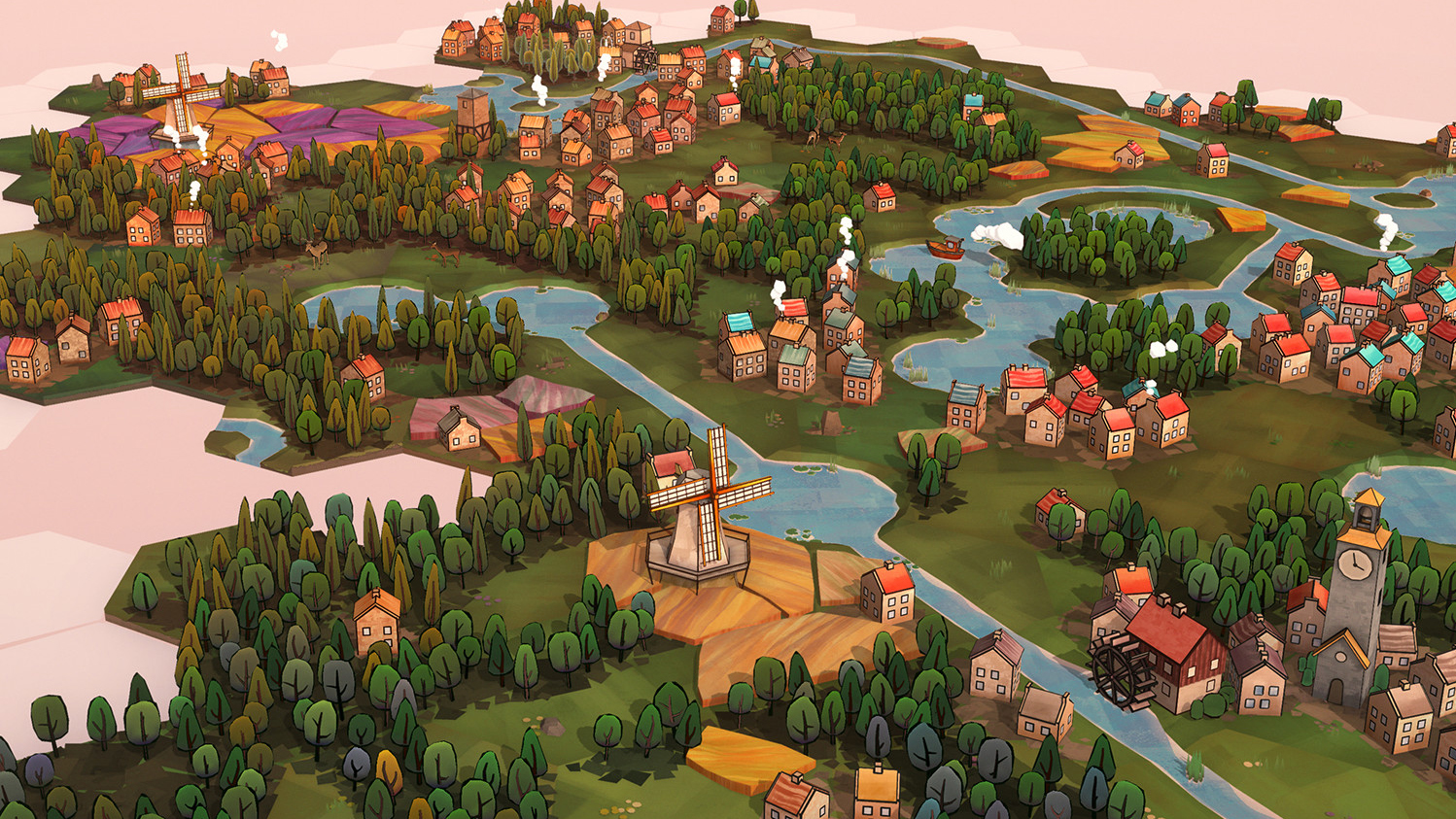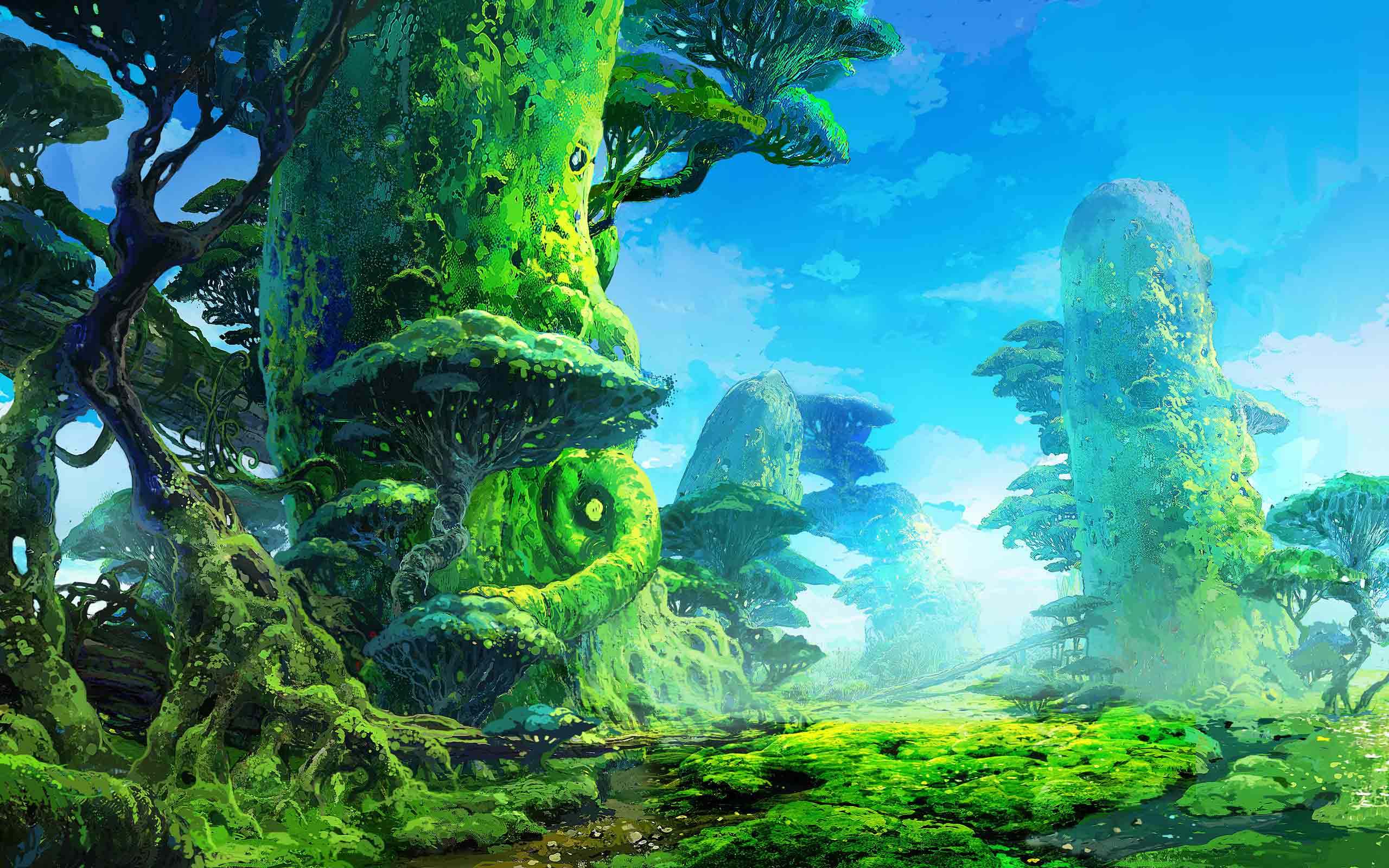Four Online Games That Shaped The Digital Landscape
Four Online Games That Shaped the Digital Landscape
Related Articles: Four Online Games That Shaped the Digital Landscape
Introduction
With great pleasure, we will explore the intriguing topic related to Four Online Games That Shaped the Digital Landscape. Let’s weave interesting information and offer fresh perspectives to the readers.
Table of Content
Four Online Games That Shaped the Digital Landscape
![]()
The dawn of the 21st century witnessed a burgeoning online gaming scene, with titles emerging that not only entertained but also reshaped the digital landscape. This article explores four such games, examining their unique contributions to the evolution of online gaming and the broader digital world.
1. EverQuest (1999): The Birth of Massively Multiplayer Online Role-Playing Games (MMORPGs)
EverQuest, launched in 1999, is widely considered the first truly successful MMORPG. It broke new ground by offering a persistent, shared world where thousands of players could interact, form guilds, and embark on epic quests together. The game’s complex world, rich lore, and challenging gameplay captivated players, establishing a foundation for the MMORPG genre that continues to thrive today.
EverQuest’s Impact:
- Pioneered the MMORPG Genre: EverQuest’s success solidified the concept of a persistent, shared world where players could interact and experience a narrative together. It set the stage for future giants like World of Warcraft and Final Fantasy XIV.
- Community Building and Social Interaction: The game fostered a vibrant online community, where players collaborated, competed, and built lasting friendships. EverQuest’s social aspects were instrumental in establishing the social dimension of online gaming.
- Immersive Storytelling and World-Building: The game’s detailed lore, intricate quests, and expansive world captivated players, demonstrating the potential of online games to deliver engaging narratives and immersive experiences.
FAQs about EverQuest:
- What is the game’s setting? EverQuest is set in the world of Norrath, a fantasy realm populated by mythical creatures and diverse races.
- What are the key gameplay mechanics? Players create characters, explore the world, complete quests, and level up their skills. The game emphasizes teamwork and cooperation for tackling challenging dungeons and raids.
- What made EverQuest so revolutionary? EverQuest’s persistent world, social features, and immersive storytelling set a new standard for online gaming, paving the way for the MMORPG genre.
Tips for Enjoying EverQuest:
- Join a Guild: Guilds provide a sense of community, support, and shared goals.
- Embrace the Social Aspects: Interact with other players, participate in guild events, and build relationships within the game.
- Explore the World: EverQuest’s world is rich in detail and lore. Take your time to discover its hidden secrets and explore its diverse regions.
Conclusion: EverQuest laid the groundwork for the MMORPG genre, demonstrating the potential of online games to create immersive worlds, foster community, and deliver captivating narratives. Its legacy continues to influence modern MMORPGs, shaping the online gaming landscape for generations to come.
2. Counter-Strike (1999): The Rise of Competitive First-Person Shooters (FPS)
Counter-Strike, initially a Half-Life mod released in 1999, quickly gained immense popularity for its intense, competitive gameplay. The game’s simple yet effective mechanics, coupled with its focus on teamwork and strategy, made it a phenomenon, revolutionizing the FPS genre and laying the foundation for esports.
Counter-Strike’s Impact:
- Esports Pioneer: Counter-Strike became a cornerstone of esports, attracting a dedicated professional scene and massive viewership. Its competitive format, emphasis on skill, and spectator-friendly gameplay made it a perfect fit for professional gaming.
- Tactical Gameplay and Teamwork: The game emphasized strategic thinking, map knowledge, and coordinated teamwork. Players needed to communicate effectively, utilize different weapons and tactics, and adapt to ever-changing situations.
- Global Community and Competitive Spirit: Counter-Strike fostered a passionate global community, with players from all over the world competing in tournaments and leagues. The game’s competitive nature ignited a fierce spirit of rivalry and a desire to prove oneself.
FAQs about Counter-Strike:
- What are the game’s core mechanics? Players choose between two teams, Terrorists and Counter-Terrorists, and engage in objective-based gameplay such as planting or defusing a bomb.
- What makes Counter-Strike unique? The game’s emphasis on teamwork, strategy, and precise gunplay sets it apart from other FPS games.
- How has Counter-Strike influenced the FPS genre? It popularized competitive gameplay, emphasized tactical thinking, and laid the groundwork for the esports industry.
Tips for Playing Counter-Strike:
- Master Weapon Mechanics: Understanding weapon recoil, fire rate, and damage is crucial for success.
- Learn Maps and Callouts: Familiarize yourself with the game’s maps and develop effective communication strategies.
- Practice Regularly: Consistent practice is essential for improving your skills and developing muscle memory.
Conclusion: Counter-Strike’s impact on the FPS genre is undeniable. It transformed the genre from casual entertainment to a competitive sport, fostering a global community and setting the stage for the rise of esports. Its legacy continues to influence modern FPS games, shaping the way players experience and interact with the genre.
3. Diablo II (2000): The Genesis of Loot-Driven Action Role-Playing Games (ARPGs)
Diablo II, released in 2000, captivated players with its addictive gameplay loop, challenging dungeons, and rewarding loot system. It cemented the ARPG genre’s popularity, setting the stage for future titles like Diablo III and Path of Exile.
Diablo II’s Impact:
- Loot-Driven Gameplay: The game’s emphasis on collecting and upgrading rare items became a defining characteristic of the ARPG genre. Players were constantly driven to explore dungeons, defeat monsters, and acquire powerful loot.
- Challenging Gameplay and Replayability: Diablo II offered a challenging gameplay experience with diverse enemies, unique builds, and multiple difficulty levels. Its replayability was fueled by the desire to acquire better loot and conquer increasingly challenging content.
- Multiplayer Focus and Cooperative Gameplay: Diablo II’s multiplayer mode allowed players to team up and conquer dungeons together, fostering a sense of community and cooperation. The game’s multiplayer focus further enhanced its replayability and social aspects.
FAQs about Diablo II:
- What is the game’s setting? Diablo II takes place in the dark fantasy world of Sanctuary, where players battle demons and other creatures.
- What are the core gameplay mechanics? Players create characters, explore dungeons, defeat monsters, collect loot, and level up their skills. The game features a variety of classes, each with unique abilities and playstyles.
- What made Diablo II so popular? Its addictive gameplay loop, challenging dungeons, rewarding loot system, and multiplayer focus contributed to its enduring success.
Tips for Playing Diablo II:
- Experiment with Different Builds: Diablo II offers a wide range of character builds, allowing players to customize their playstyle.
- Utilize Skill Points Wisely: Carefully allocate skill points to enhance your character’s strengths and address weaknesses.
- Focus on Farming: Diablo II’s loot system rewards players for spending time farming dungeons and defeating monsters.
Conclusion: Diablo II revolutionized the ARPG genre, popularizing loot-driven gameplay, challenging dungeons, and rewarding gameplay loops. Its legacy continues to influence modern ARPGs, shaping the genre’s core mechanics and captivating players with its addictive gameplay.
4. StarCraft (1997): The Birth of Real-Time Strategy (RTS) Esports
While StarCraft predates the year 2000, its influence on the esports landscape during this period cannot be overstated. Released in 1997, StarCraft’s fast-paced gameplay, strategic depth, and competitive spirit made it a perfect fit for professional gaming, laying the foundation for the RTS esports scene.
StarCraft’s Impact:
- Esports Dominance: StarCraft became a dominant force in esports, attracting a dedicated professional scene and massive viewership. Its strategic depth, fast-paced gameplay, and spectator-friendly interface made it a perfect fit for professional competition.
- Strategic Depth and Skill-Based Gameplay: StarCraft required players to master resource management, unit production, strategic positioning, and tactical maneuvers. The game’s high skill ceiling and emphasis on strategic thinking made it a challenging and rewarding experience for both casual and professional players.
- Global Community and Competitive Spirit: StarCraft fostered a passionate global community, with players from all over the world competing in tournaments and leagues. The game’s competitive nature ignited a fierce spirit of rivalry and a desire to prove oneself.
FAQs about StarCraft:
- What are the game’s core mechanics? Players choose one of three races, Terran, Zerg, and Protoss, and compete in resource management, unit production, and strategic warfare.
- What makes StarCraft unique? Its fast-paced gameplay, strategic depth, and competitive spirit set it apart from other RTS games.
- How has StarCraft influenced the RTS genre? It popularized competitive gameplay, emphasized strategic thinking, and laid the groundwork for the esports industry.
Tips for Playing StarCraft:
- Master Resource Management: Efficient resource management is crucial for success.
- Learn Unit Compositions and Counter-Strategies: Understand the strengths and weaknesses of each unit and develop effective counter-strategies.
- Practice Micro and Macro: Mastering micro-management (controlling individual units) and macro-management (managing resources and production) is essential for success.
Conclusion: StarCraft’s impact on the esports landscape is undeniable. It established the RTS genre as a prominent force in professional gaming, attracting a dedicated professional scene and massive viewership. Its strategic depth, fast-paced gameplay, and competitive spirit continue to influence modern RTS games, shaping the genre’s competitive landscape and inspiring future generations of esports players.
These four online games, each representing a different genre, have left an indelible mark on the digital landscape. They paved the way for the modern gaming industry, shaping the way we interact with online games and each other. From the immersive worlds of EverQuest to the competitive arenas of Counter-Strike, from the loot-driven adventures of Diablo II to the strategic battles of StarCraft, these games have not only entertained but also fostered communities, sparked innovation, and redefined the very definition of online gaming. Their legacy continues to inspire and influence the development of new games, ensuring that the digital world remains a vibrant and ever-evolving space.








Closure
Thus, we hope this article has provided valuable insights into Four Online Games That Shaped the Digital Landscape. We appreciate your attention to our article. See you in our next article!